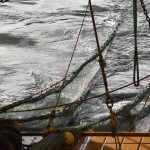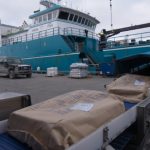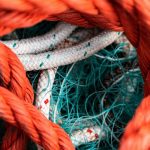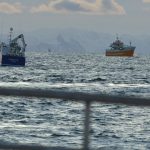The garbage littered water known as the Great Pacific Garbage Patch, where most of the plastic looks like snowy confetti against the deep blue of the north Pacific Ocean. Most of the trash has broken into bite-sized plastic bits, and scientists want to know whether it’s sickening or killing the small fish, plankton and birds that ingest it.
In their fact-finding expedition, a group of University of California scientists found much more debris than they expected. Miriam Goldstein, who led fellow researchers from the Scripps Institution of Oceanography at UC San Diego on the three-week voyage, told that it is pretty shocking — it’s unusual to find exactly what you’re looking for.
The team also netted occasional water bottles with barnacles clinging to the side. Some of the trash had labels written in Chinese and English, hints of the long journeys garbage takes to arrive mid-ocean. As per the study released earlier this month estimated that thousands of tons of plastic debris wind up in the oceans every year, and some of that has ended up in the swirling currents of the Great Pacific Garbage Patch.
The Scripps team hopes the samples they gathered during the trip nail down answers to questions of the trash’s environmental impact. Plastics have entangled birds and turned up in the bellies of fish, and one paper cited by the National Oceanic and Atmospheric Administration estimates 100,000 marine mammals die trash-related deaths each year.








